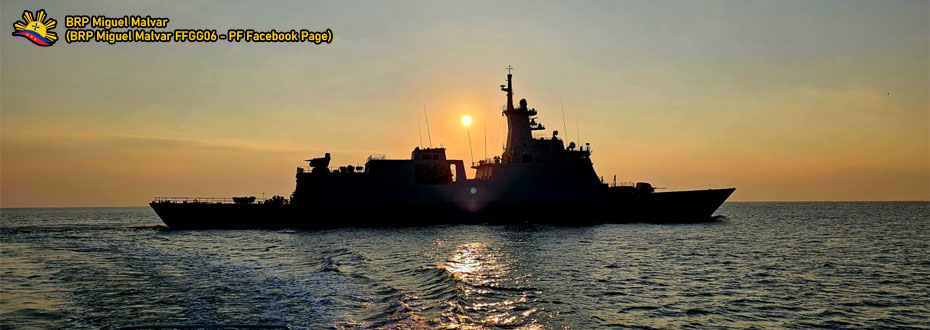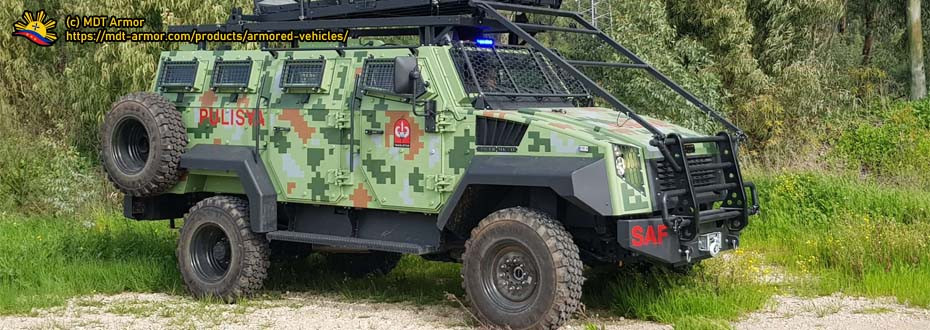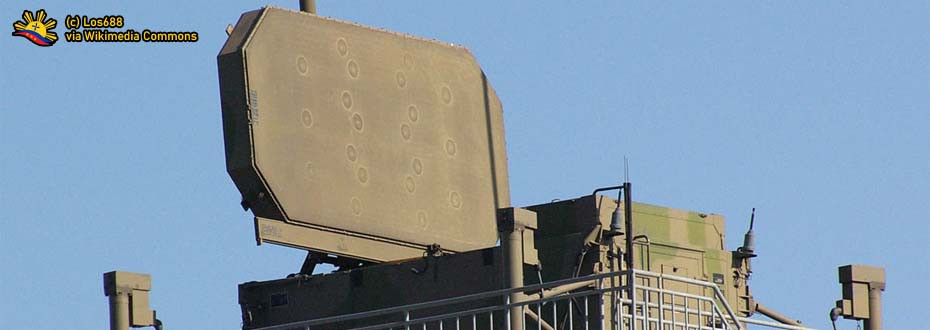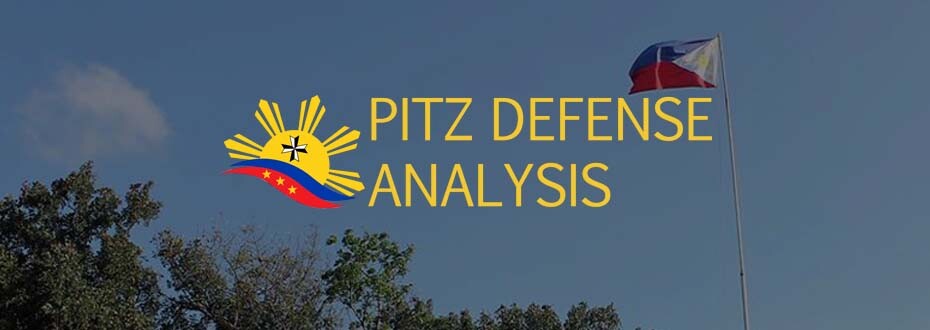 |
Here is a full image of officials of both the HD Hyundai Heavy Industries and the Armed Forces of the Philippines, posing in front of the newly launched BRP Rajah Sulayman (PS-20).
Image Source. |
As the various government agencies and the rest of the country prepares to the 127th Independence Day celebration that took place on June 12, 2025, the Armed Forces of the Philippines and the Department of National Defense
have this event go even further, even beyond the military marches that have took place in Quirino Grandstand near Rizal Park, Manila. This event encompasses an important event for the first vessel of its own class, as visitors have witnessed its launching ceremony.
On the said ship’s name is the BRP Rajah Sulayman, named after a Rajah that ruled over the Kingdom of Luzon before getting conquered by the Spaniards under the auspices of explorer Miguel Lopez de Legazpi.
Attended the launching ceremony are the officials of the South Korean shipyard, along with officials belonging to the Philippine government through its embassy in South Korea, representatives from the Department of National Defense, and the Chief of Staff of the Armed Forces of the Philippines Gen Romeo Brawner Jr., PA who represented the Philippine military.
In a speech, he said that the launch of the first OPV is not merely the unveiling of a new ship, that it is a declaration of AFP’s commitment for maritime security.
It symbolizes the ever-increasing bilateral ties between South Korea and the Philippines, whereby
both countries elevated their ties into a full strategic partnership, with an agreement
taking place in October 2024. The agreement underscores the need to expand defense and security relations of both countries, which also means getting into future agreements that go similarly to the purchase of offshore patrol vessels of the Philippine Navy, now named as the Rajah Sulayman-class OPVs.
The vessel ordered has its design derived from the HDP-2200+ concept presented by the HD Hyundai Heavy Industries, with specifications specially suited for the Philippine Navy requirements for an Offshore Patrol Vessel or an OPV. Initially,
being the HDP-1500 design and then the
HDP-2400, the Rajah Sulayman-class came with basic sensor system and armaments that usually come with a ship of this configuration. The said South Korean shipbuilder
also markets the design to the Philippine Coast Guard during ADAS 2024.
As the first ship gets named and launched, so does the question of what will be the names of the remaining offshore patrol vessels that the Philippine Navy ordered in South Korea’s HD Hyundai Heavy Industries.
This article will provide the details on the naming of the remaining offshore patrol vessels, which are all referring to chieftains of Rajahs and Datus in title, while providing updates to the information relating to the offshore patrol vessels that the Philippine Navy will probably receive starting next year.
For this topic, the discussion will first present an overview of the names of the remaining vessels of the Philippine Navy, while giving background of vessels that bear the same name before the Revised AFP Modernization Program taking place, starting from the 2010s up to present.
Ultimately, the updates on the specifications and other relevant information will come presented in this article, giving a full perspective to the progress of the entire Offshore Patrol Vessel Acquisition Project of the Philippine Navy.
THE NAMING
%20-%20PDA.jpg) |
The names and bow numbers of each Offshore Patrol Vessel belonging to the Rajah Sulayman-class.
From a Philippine Navy publication, shared on Pitz Defense Analysis. |
The bravery of the chieftains to protect their domains comes as a chain of resolve from the locals to keep on fighting, that the revolutionary heroes continue until the end of the Hispanic era.
On a Philippine Navy publication (see image above) on the Offshore Patrol Vessel Acquisition Project, the names and corresponding hull number of the vessels unfolded, providing a full overview of what to call on each of the six (6) offshore patrol vessels purchased.
The following names are - BRP Rajah Sulayman (PS-20), BRP Rajah Lakandula (PS-21), BRP Rajah Humabon (PS-22), BRP Sultan Kudarat (PS-23), BRP Datu Marikudo (PS-24), and BRP Datu Sikatuna (PS-25).
The offshore patrol vessels will have a hull number designation from twenty (20) to twenty-nine (29), six (6) of which are now covered by the new Rajah Sulayman-class OPVs bought from South Korea.
All the names of the ships mentioned have used before in other vessels that were once commissioned in the Philippine Navy fleet, which basically means that all the names in the offshore patrol vessels ordered by the naval service branch of the Armed Forces of the Philippines from South Korea’s HD Hyundai Heavy Industries will use for the second time, bearing it to the brand new vessels that continue the legacy of the old ones, most of were from Second World War era.
Out of the six (6) names used for naming the HDP-2200+ offshore patrol vessels of the Philippine Navy, four (4) were names of the fleet’s frigates or destroyer escorts prior to the 1970s reclassification, and the remaining two (2) were names of ex-Malvar-class patrol corvettes.
Going further, RPS Rajah Soliman was once a Buckley-class destroyer escort, BRP Rajah Lakandula was once an Edsall-class destroyer escort, and both BRP Rajah Humabon and BRP Datu Sikatuna were both Cannon-class destroyer escorts.
All the mentioned ships have once served in the United States Navy in the Second World War, of which this was eventually turned over to the Philippine Navy and since then became the mainstay composition of the Philippine fleet before modernization comes into mind from the Revised AFP Modernization Program in 2012, with the Jacinto-class Patrol Vessels being the most modern and advanced vessels of the time. This has then changed when the entire Philippine fleet saw modern warships serving in its inventory.
As discussing each name of the ships will only make this writeup even longer, the details will instead focus on each class of ships that was part of the Philippine Navy fleet, shortening the discussion into just four (4) types - the Buckley-class destroyer escort (frigate), the Edsall-class destroyer escort (frigate), the two (2) Cannon-class destroyer escort (frigate), and the two (2) Malvar-class patrol corvettes. All of which have their own stories of active service in the Philippine Navy’s fleet.
THE RPS RAJAH SOLIMAN (D-66)
 |
The ship in the image come as one of the Philippine Navy frigates in the fleet.
(c) GorioB, Flickr. |
Before the flagship of new offshore patrol vessels of the Philippine Navy now bearing this name, albeit more Filipino in pronunciation, this vessel and its namesake deserves a mention and detailed discussion in this writeup, as it gives an added knowledge of the country’s service branch using these names on
naval vessels transferred to the Philippine fleet, even before the idea of buying brand new offshore patrol vessels became a trend in the service branch’s contemporary times.
The story started in the Second World War, whereby the United States Navy commissioned the
USS Bowers (DE-637), a Buckley-class Destroyer Escort with a full service record involving its operational and mission related achievements in the Asia-Pacific theater of operations during the said conflict on a global scale.
The first casualty involving the said warship in combat took place on
April 16, 1945, whereby a Japanese aircraft conducted a Kamikaze charge against the destroyer escort, resulting in the casualty of thirty-seven (37) of its crew.
Since then, it got converted into a High Speed Attack Transport vessel that belonged to the
Charles Lawrence-class, and it remained that way for a decade and a half, until the vessel eventually turned over to the Philippine Navy in 1961 that it became the RPS Rajah Soliman (D-66).
While both aforementioned ships have almost similar size, things are not that similar in terms of fitted armaments onboard, as the old RPS Rajah Soliman (D-66) comes with
depth charge racks and torpedo tubes onboard that can carry 21-inch torpedoes, making this vessel capable to conduct anti-submarine operations that count as a significant capability of that time, only regained with the entry of both Jose Rizal and Miguel Malvar-class frigates in the Philippine Navy fleet as of recent.
The old RPS Rajah Soliman (D-66) served in the Philippine Navy fleet from its entry in 1961 to its demise in 1964, when the Typhoon Winnie (local name: Dading) pummeling the shores of the country, especially the repair facility that the aforementioned destroyer escort got situated during the storm.
It took the Philippine Navy almost six (6) decades to have a ship getting named to this specific pre-colonial chieftain once again, this time having its spelling more native to the Filipino language and also became the name of the entire class of offshore patrol vessels that the naval service branch of the Armed Forces of the Philippines will receive in the latter part of the decade from the day this writeup publishes. The next one will also refer to another single class of destroyer escort serving the fleet.
THE BRP RAJAH LAKANDULA (PF-4)
_and_BRP_Andres_Bonifacio_(PF-7)%20-%20PDA.jpg) |
The Edsall-class BRP Rajah Lakandula (PF-4) is in the foreground, with the BRP Andres Bonifacio (PF-7) in the background.
Image retrieved from Wikimedia Commons. |
This ship, like the RPS Rajah Soliman (D-66), was also a warship that solely belong to its own class of warship that have served the Philippine Navy, and like the aforementioned 1960s-era destroyer escort, have only served the naval service branch of the Philippine Armed Forces’ offshore combat force fleet for a medium amount time, at least actively for twelve (12) years. The BRP Rajah Lakandula (PF-4) was a sole
Edsall-class destroyer escort that served the Philippine Navy from 1976 to 1988.
As a vessel, it served most of its time within the United States Navy as the
USS Camp (DE-251), a destroyer escort vessel that provided additional protection on the Atlantic convoy that supplied European war effort against Nazi Germany through the United Kingdom during the Second World War.
Built and commissioned in 1943, it provided support in the logistics chain by countering threats posed by German U-Boats that aimed to disrupt the entire war supply chain by sinking the convoy vessels carrying goods.
After the war, the USS Camp (DE-251) reclassified into a training ship in Pearl Harbor in 1945, until the ship decommissioned from active duty on May 1, 1946. The ship
recommissioned back into service as the radar picket ship USS Camp (DER-251), providing an early warning system that expands coverage of detecting foreign aircraft that enters the expanded area of responsibility, similar to how airborne warning and control systems or AWACS perform in today’s battlefield environment.
It served as a radar picket ship platform until it officially turned over to the
South Vietnamese Navy in 1971 as the RVNS Tran Hung Dao (HQ-1), where it served the fleet for four (4) years until the country it served surrendered after the successful takeover and reunification as accomplished by the communist North Vietnam. The said South Vietnamese frigate escaped to the Philippines, where the Philippine Navy gained the ship as the BRP Rajah Lakandula (PF-4).
For comparison, the Rajah Sulayman-class offshore patrol vessels are slightly larger and almost on a par with the provided size dimensions, but take note that being a destroyer escort, the BRP Rajah Lakandula has torpedo tubes and depth charge racks fitted onboard, along with capable anti-aircraft guns that makes it a formidable vessel of its time.
Since then, it took the Philippine Navy at least two and a half (2 ½) decades for its leadership to reuse the name for the second time, with this one now named on the country’s second HDP-2200+ derived offshore patrol vessel.
THE TWO (2) PHL NAVY CANNON-CLASS DESTROYER ESCORTS
 |
This was once a flagship of the Philippine Navy's fleet, until the entry of the former Hamilton-class cutter BRP Gregorio del Pilar (PF-15/PS-15), then a patrol frigate (now an offshore patrol vessel).
Image retrieved from Wikimedia Commons. |
The following two (2) Cannon-class destroyer escorts discussed bears the name that the new offshore patrol vessels will soon have, out of three (3) vessels that belong to this class of vessels that all bear the names of pre-Hispanic chieftains of the Philippines.
The portion of this subtopic will also encompass the reason that the name of one of the Cannon-class ships, BRP Datu Kalantiaw, does not end up included in this final list of names of the Philippine Navy’s new offshore patrol vessels.

%20-%20PDA.jpg)

_and_BRP_Andres_Bonifacio_(PF-7)%20-%20PDA.jpg)






















